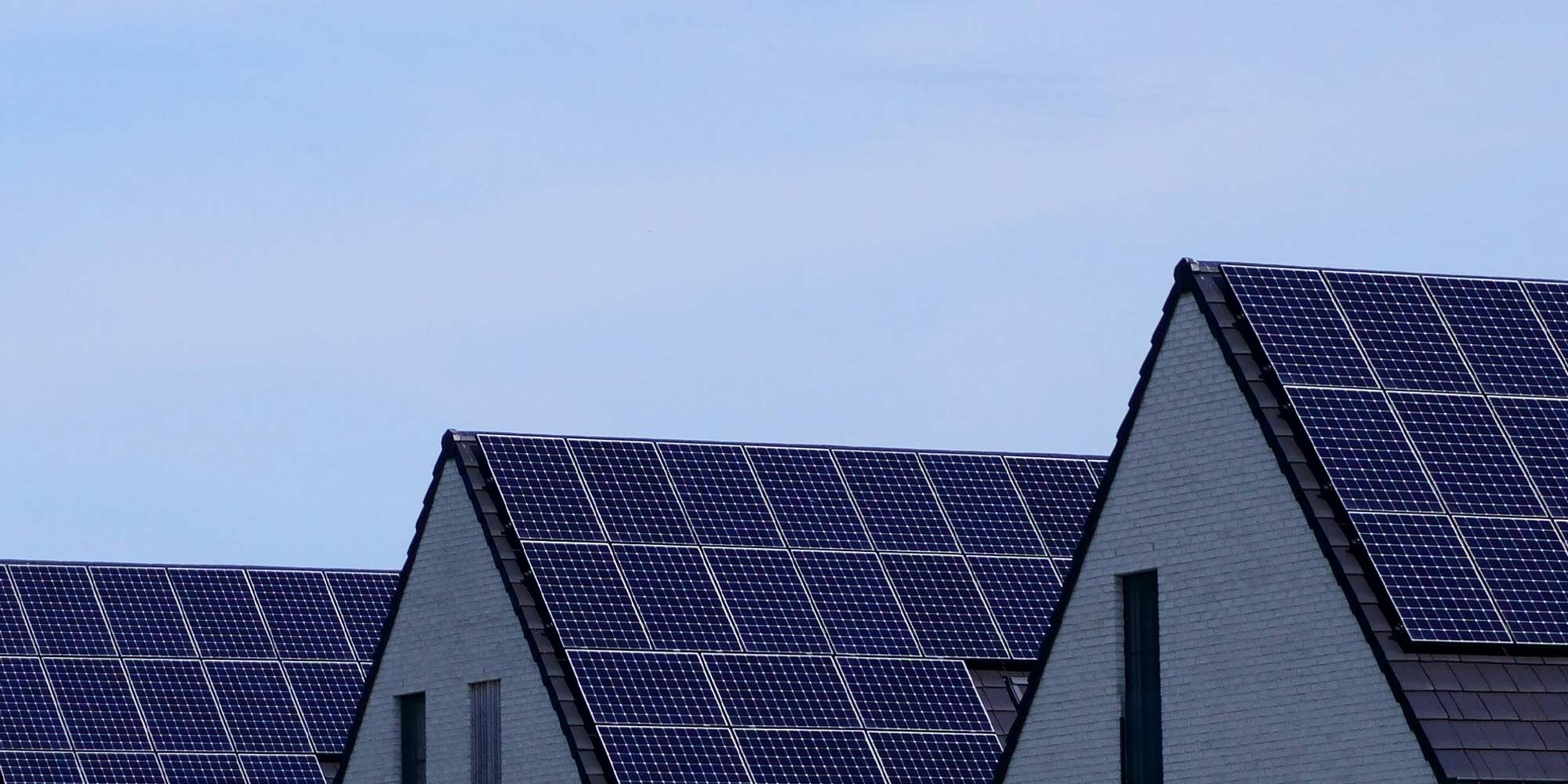Introduction:
The development of innovative solar panel coatings exemplifies the relentless pursuit of advancements in renewable energy technology. The guide examines the evolution of solar panel coatings, from lab research into widespread rooftop applications, and highlights the research, challenges, and real-world implementations that have driven this innovation from concept to market.
1. Inception in the Laboratory
The journey begins in the laboratory, where scientists embark on creating new coating materials aimed at enhancing solar panel efficiency, durability, and performance. Initial research involves identifying promising formulations and conducting preliminary experiments to assess their effectiveness in improving solar energy conversion. The early stages are crucial, setting the foundation for future developments.

2. Development and Optimization
Once initial results show promise, the focus shifts to refining the coating formulation. This stage involves optimizing the properties of the coating to ensure it performs well under various environmental conditions. The process is iterative, involving repeated testing, analysis, and adjustments to achieve the best possible performance. This stage is critical for moving the technology closer to commercial viability.
3. Overcoming Challenges and Obstacles
The path to a solar panel coating breakthrough is fraught with challenges. Technical issues, material limitations, and scalability concerns must be addressed. Researchers work on innovative solutions to overcome these hurdles, employing advanced material engineering and novel manufacturing techniques. Overcoming these challenges is essential for transitioning from lab-scale experiments to practical, real-world applications.
4. Scaling Up for Commercialization
As the coating technology matures, efforts turn towards scaling up production. This involves collaboration between researchers, industry partners, and manufacturers to move from prototype stages to full-scale production. Ensuring quality control and meeting market demands are significant aspects of this phase. The goal is to produce a reliable, high-performance coating that can be widely adopted in the solar energy market.
5. Real-World Applications and Field Testing
With commercial-scale production underway, the next step is real-world testing. Solar panel manufacturers integrate the new coating into their products, and installations are deployed in various environments worldwide. Field testing provides critical data on performance, durability, and energy production, helping to validate the coating’s effectiveness in real-world conditions.
6. Adoption and Market Penetration
As the advantages of the new coating become evident, adoption rates increase. Homeowners, businesses, and utilities start using coated solar panels for their enhanced performance and reliability. Factors driving adoption include government incentives, consumer demand, and the broader push towards renewable energy. This phase sees the technology gaining significant traction in the market.
7. Continued Innovation and Evolution
Commercialization is not the end of the journey. Ongoing innovation aims to further improve coating performance, reduce costs, and address new challenges. Advances such as self-cleaning properties and the use of advanced nanomaterials are explored. Continuous research ensures that the technology remains at the forefront of the solar energy industry.
8. Environmental and Societal Impact
The widespread use of advanced solar panel coatings has substantial environmental and societal benefits. It contributes to reducing greenhouse gas emissions, mitigating climate change, and enhancing energy security. The technology also supports economic development and promotes social equity by making renewable energy more accessible.
9. Future Horizons and Beyond
Looking ahead, the quest for innovation in solar panel coatings continues. Researchers envision next-generation materials and emerging technologies that could revolutionize solar energy production. Collaborative efforts and ongoing research are key to achieving a sustainable energy future, driven by continuous advancements in solar technology.
Conclusion:
The journey of a solar panel coating breakthrough highlights human ingenuity, perseverance, and collaboration. From laboratory research to widespread adoption, this evolution has transformed the renewable energy landscape. Reflecting on this journey, we recognize the transformative power of innovation and the potential of solar energy to drive positive global change.